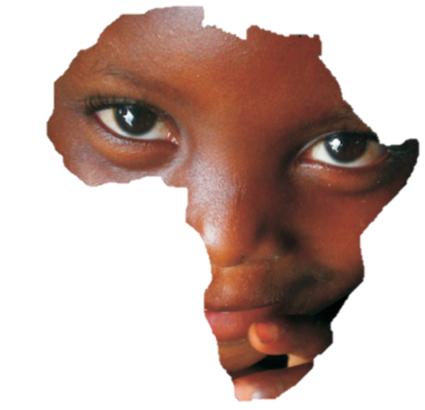[faqss layoutStyle="modern" hideBanner="false" emailIcon="envelope-o" emailText="Email" emailLink="contact" telIcon="phone" telText="Telephone" telLink="contact" docIcon="info" docText="Information" docLink="contact" forumIcon="" forumText="" forumLink=""]
Frequently Asked Questions
Copyright © 2025 Home of Hope
